Introduction
The art of dumpling making transcends mere culinary skills; it is a testament to cultural heritage, family traditions, and the joy of gathering around shared plates. Among the myriad of dumpling varieties, celery and pork dumplings stand out for their harmonious blend of flavors—the crisp freshness of celery contrasting beautifully with the rich, savory taste of pork. Creating the perfect celery and pork dumpling filling involves a delicate balance of ingredients, meticulous preparation, and a touch of love. This guide aims to empower you with the knowledge and techniques necessary to craft a filling that will elevate your dumpling-making experience to new heights.
Understanding the Ingredients
Before diving into the recipe, let’s delve into the key ingredients that form the backbone of our celery and pork dumpling filling:

-
Pork: Ideally, use ground pork with a fat content of around 20-30%. This ratio ensures the filling remains moist and flavorful without being overly greasy.
-
Celery: Fresh, crisp celery stalks are essential. They provide a refreshing crunch and a subtle hint of bitterness that complements the pork.
-
Aromatics: Garlic, ginger, and scallions are the holy trinity of Asian cooking. They add depth and complexity to the filling, enhancing its overall flavor profile.
-
Seasonings: Soy sauce, sesame oil, Shaoxing wine (or dry sherry), white pepper, and salt are the foundational seasonings. Each ingredient plays a crucial role in creating a balanced and harmonious taste.
-
Binding Agents: To ensure the filling holds together, cornstarch or water chestnut flour can be used as binding agents. They help to absorb excess moisture and keep the filling cohesive.
Step-by-Step Guide to Making Celery and Pork Dumpling Filling
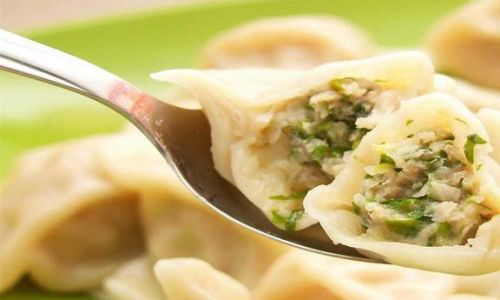
Step 1: Preparing the Pork
Begin by placing the ground pork in a large mixing bowl. It’s crucial to handle the meat gently to avoid compacting it, which can lead to a denser texture. At this stage, you can add a tablespoon of Shaoxing wine (or dry sherry) to help tenderize the meat and infuse it with a subtle sweetness and aroma. Mix gently until just combined.
Step 2: Seasoning the Pork
Next, add two tablespoons of soy sauce, one teaspoon of sesame oil, a pinch of white pepper, and a half teaspoon of salt. Use your hands or a spatula to gently fold the seasonings into the pork. Remember, the goal is to evenly distribute the seasonings without overworking the meat. Allow the pork to marinate for at least 15 minutes to allow the flavors to meld together.
Step 3: Preparing the Celery and Aromatics
While the pork is marinating, finely chop the celery stalks, ensuring they are not too fine as you want to retain some texture. Similarly, mince the garlic, ginger, and scallions. The key here is to achieve a consistent texture for all aromatics to ensure an even distribution of flavors throughout the filling.
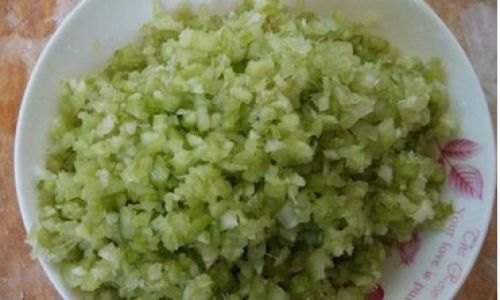
Step 4: Combining Ingredients
Add the chopped celery and aromatics to the marinated pork. At this point, you can also incorporate a tablespoon of cornstarch or water chestnut flour as a binding agent. Mix gently but thoroughly until all ingredients are well combined. Be careful not to overmix, as this can lead to a tough texture.
Step 5: Taste Adjustment
Before proceeding, take a small portion of the filling and cook it in a microwave or on a stovetop to taste. This step is crucial for adjusting the seasoning. You may find that you need to add a bit more soy sauce, sesame oil, or even a pinch of sugar to balance the flavors. Once satisfied with the taste, mix the adjustments into the rest of the filling.
Step 6: Resting the Filling
Allow the filling to rest for at least 30 minutes before using it to make dumplings. This resting period allows the flavors to further develop and the moisture to be evenly distributed, resulting in a more cohesive and flavorful filling.
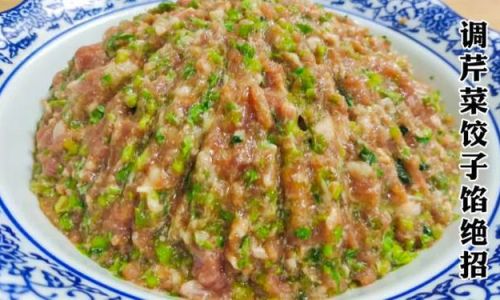
Tips for Perfect Dumpling Making
-
Temperature Control: Keep the filling at a cool temperature to prevent it from becoming too soft and difficult to handle. If the filling becomes too warm, refrigerate it for a few minutes before continuing.
-
Wrapper Selection: Choose high-quality dumpling wrappers that are neither too thick nor too thin. Thinner wrappers cook faster and allow for a better flavor experience, but they can be more prone to tearing. Practice with different brands to find your preference.
-
Technique: When wrapping the dumplings, ensure that the filling is neither too tight nor too loose. A properly sealed dumpling should have no gaps that could allow steam to escape, ensuring even cooking.
-
Cooking Method: Boiling, steaming, or pan-frying are popular methods for cooking dumplings. Each method yields a different texture and flavor profile. Boiling is quick and preserves the filling’s moisture, steaming results in a softer texture, and pan-frying adds a crispy exterior.
Serving and Enjoying
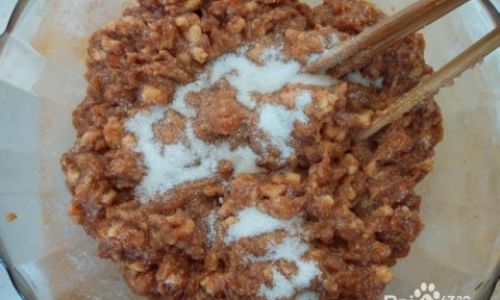
Once cooked, serve your celery and pork dumplings hot with a dipping sauce made from a mix of soy sauce, rice vinegar, sesame oil, and a touch of chili oil for those who prefer a bit of heat. Garnish with chopped scallions or cilantro for an added touch of freshness.
Conclusion
Mastering the art of making celery and pork dumpling filling is a rewarding endeavor that combines culinary precision with a deep appreciation for tradition. By following this guide, you’ll be able to create a filling that is not only delicious but also filled with the warmth and love that makes homemade dumplings so special. Whether you’re hosting a family gathering or simply treating yourself, these dumplings promise to deliver an unforgettable flavor experience. Happy dumpling making!


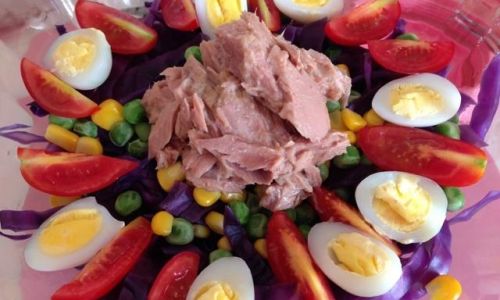
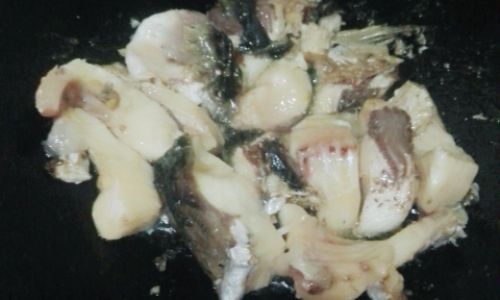

0 comments